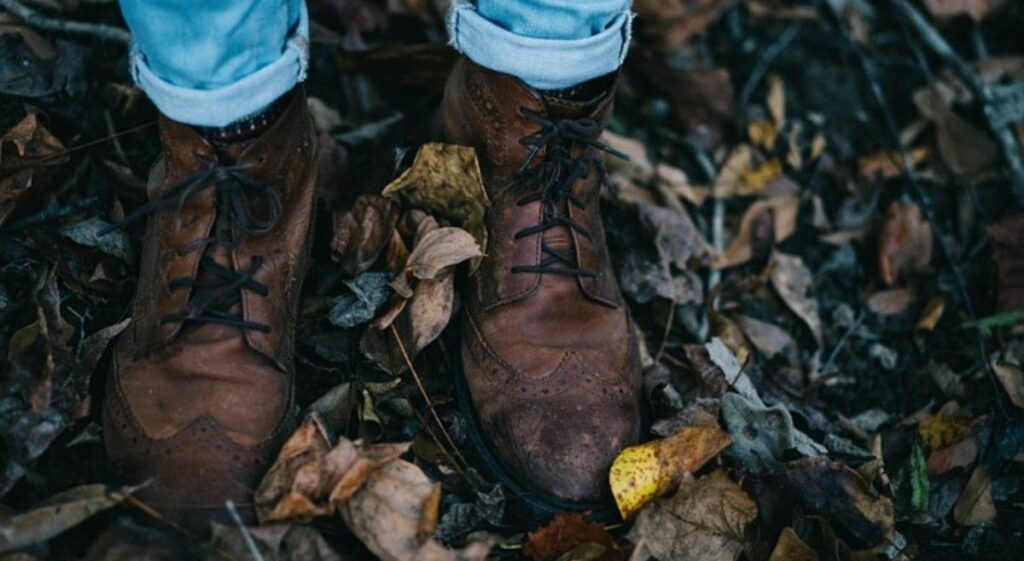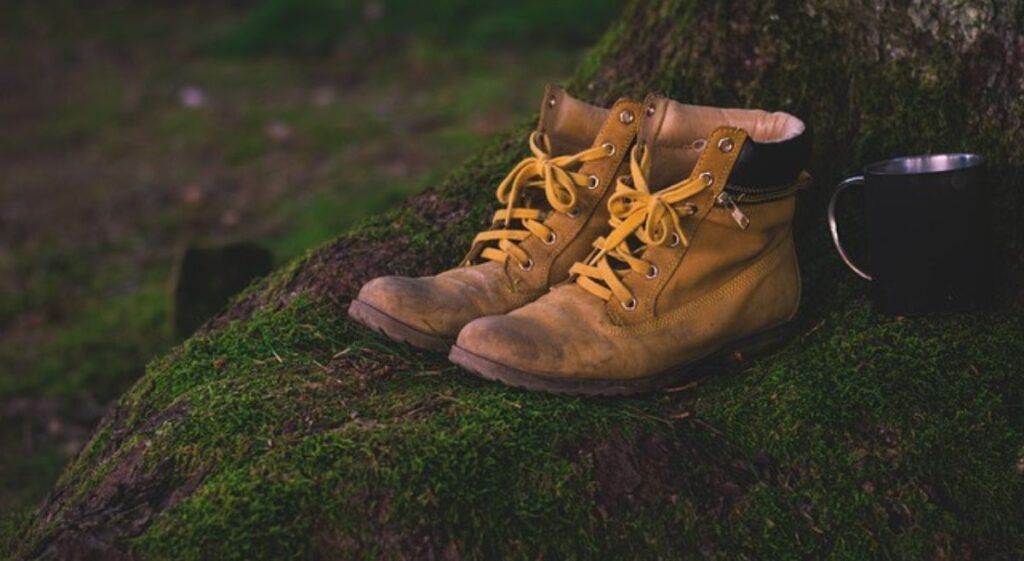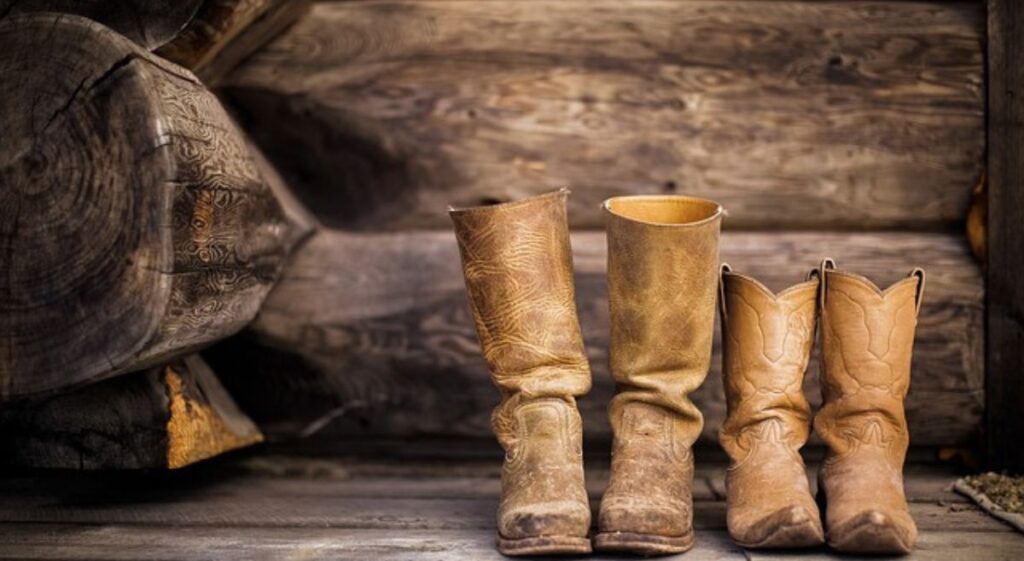Introduction
Protect Your Leather Shoes from White Fungus: Simple Steps for Rainy Days

Rainy days can be challenging for leather shoe lovers. Moisture, dampness, and humidity create the perfect environment for white fungus to thrive, leading to unsightly stains and damage to your favorite footwear. But with a few simple steps, you can protect your leather shoes from white fungus during the rainy season..
How often should I clean my leather shoes from white fungus?
To prevent white fungus on leather shoes, it’s important to clean and maintain them regularly. Here’s a general guideline:
- Weekly Check: Inspect your leather shoes weekly for any signs of moisture or mold.
- Monthly Cleaning: Clean your leather shoes with a damp cloth and a mild leather cleaner at least once a month. This helps remove dirt and moisture that can encourage fungal growth.
- Dry Properly: Always ensure that your shoes are completely dry before storing them. Moisture is a key factor in fungal growth, so use a shoe dryer or stuff them with newspaper to absorb any excess moisture.
- Conditioning: Apply a leather conditioner every 1-2 months to keep the leather supple and prevent it from drying out or cracking.
- Storage: Store your leather shoes in a cool, dry place. Use silica gel packets or activated charcoal to absorb excess moisture in the storage area.
If you live in a particularly humid environment or wear your shoes often, you might need to increase the frequency of cleaning and drying to prevent fungus growth.
Can white fungus permanently damage leather shoes?
White fungus, also known as mold or mildew, can potentially cause permanent damage to leather shoes if not addressed promptly. Here’s how it can affect leather:
- Surface Damage: Fungus can cause surface stains and discoloration on leather. If not cleaned properly, these stains can be difficult to remove and may leave permanent marks.
- Leather Integrity: Mold can weaken the leather over time. It may cause the leather to become brittle, crack, or deteriorate, compromising the structural integrity of the shoes.
- Odor: Persistent mold can lead to unpleasant odors that are challenging to eliminate, even after cleaning.
- Texture Changes: The fungus can alter the texture of the leather, making it feel rough or uneven.
To prevent permanent damage:
- Act Quickly: Treat the affected area as soon as you notice mold to prevent further damage.
- Clean Thoroughly: Use appropriate cleaning methods and natural remedies to remove the fungus.
- Condition Regularly: After cleaning, apply a leather conditioner to restore moisture and flexibility to the leather.
- Proper Storage: Store leather shoes in a dry, well-ventilated area to prevent mold from returning.
If the fungus has caused significant damage or you’re unable to clean it effectively, consulting a professional leather cleaner or cobbler may be necessary.
What are some natural remedies to remove white fungus from leather?
Here are some natural remedies to remove white fungus from leather:

- White Vinegar Solution:
- Mix equal parts of white vinegar and water.
- Dampen a cloth with the solution and gently wipe the affected areas.
- Let the leather air dry completely.
- Vinegar helps kill mold and neutralize odors, but it’s important to test it on a small, inconspicuous area first to ensure it doesn’t damage the leather.
- Baking Soda:
- Sprinkle baking soda directly onto the affected area.
- Let it sit for a few hours to absorb moisture and odor.
- Brush off the baking soda with a soft brush or cloth.
- Baking soda has natural antifungal properties and helps deodorize the leather.
- Tea Tree Oil:
- Mix a few drops of tea tree oil with water in a spray bottle.
- Lightly spray the mixture on the affected area.
- Wipe the area with a damp cloth and let it dry.
- Tea tree oil is a natural antifungal and antibacterial agent.
- Lemon Juice:
- Mix lemon juice with an equal amount of water.
- Apply the mixture to the affected area using a cloth.
- Allow it to sit for about 10-15 minutes, then wipe off with a clean, damp cloth.
- Lemon juice has natural antifungal properties and can help lighten stains.
- Rubbing Alcohol:
- Dampen a cloth with rubbing alcohol and gently wipe the affected areas.
- Let the leather dry completely.
- Rubbing alcohol can help kill fungi and evaporates quickly, but use it sparingly to avoid drying out the leather.
After treating the leather, it’s a good idea to condition it with a leather conditioner to restore moisture and keep the leather supple.
What are the best products to protect leather shoes during the rainy season?

To protect leather shoes during the rainy season, consider using these products:
- Waterproofing Sprays:
- Atsko Sno-Seal: A popular waterproofing spray that helps repel water and protect leather.
- Kiwi Protect All: Provides a barrier against water, stains, and dirt.
- Leather Conditioners with Water Resistance:
- Bickmore Bick 4 Leather Conditioner: Conditions and protects leather while providing water resistance.
- Lexol Leather Conditioner: Helps to maintain the leather’s suppleness and offers some protection against moisture.
- Waterproofing Creams:
- Nikwax Waterproofing Wax: Offers a durable waterproof barrier and is suitable for use on leather.
- Granger’s G-Wax: Provides waterproofing and conditioning in one product.
- Silicone Spray:
- Rust-Oleum NeverWet: Creates a water-repellent barrier that can be used on various materials, including leather.
- Shoe Covers:
- Rain & Snow Shoe Covers: These are slip-on covers made from waterproof materials to protect your shoes from getting wet.
- Leather Protectors:
- Leather Honey Leather Conditioner: Protects leather from water and stains while conditioning the material.
For best results, follow these tips:
- Apply Products Regularly: Reapply waterproofing products as needed, especially after exposure to rain.
- Clean Before Applying: Ensure your shoes are clean and dry before applying any protective products.
- Store Properly: When not in use, store your leather shoes in a dry place, away from direct moisture.
Final Thoughts
With these simple steps, you can protect your leather shoes from white fungus during the rainy season. By keeping your shoes dry, applying a leather protector, and storing them properly, you’ll extend their life and maintain their appearance. Don’t let the rainy weather ruin your favorite leather footwear—take action now to keep them fungus-free!
References:
- “How to Protect Leather Shoes in Rainy Season” – The Leather Journal
This article provides an in-depth look at how moisture affects leather and offers practical tips for protecting leather shoes during wet weather. - “Caring for Leather Shoes: A Complete Guide” – Shoe Care Today
A comprehensive guide on leather shoe care, including cleaning, drying, and protecting shoes from fungi and other environmental hazards. - “Understanding White Fungus on Leather Shoes” – Footwear News
An informative piece discussing the causes of white fungus on leather shoes, how it develops, and the best practices to prevent it. - “The Role of Dehumidifiers in Shoe Care” – Shoe Preservation Quarterly
This reference explores the importance of using dehumidifiers or silica gel to maintain the dryness of leather shoes, particularly in humid climates. - “Anti-Fungal Solutions for Footwear” – Health & Footwear
This article covers various anti-fungal products available on the market and how they can be used to protect leather shoes from fungal growth.
